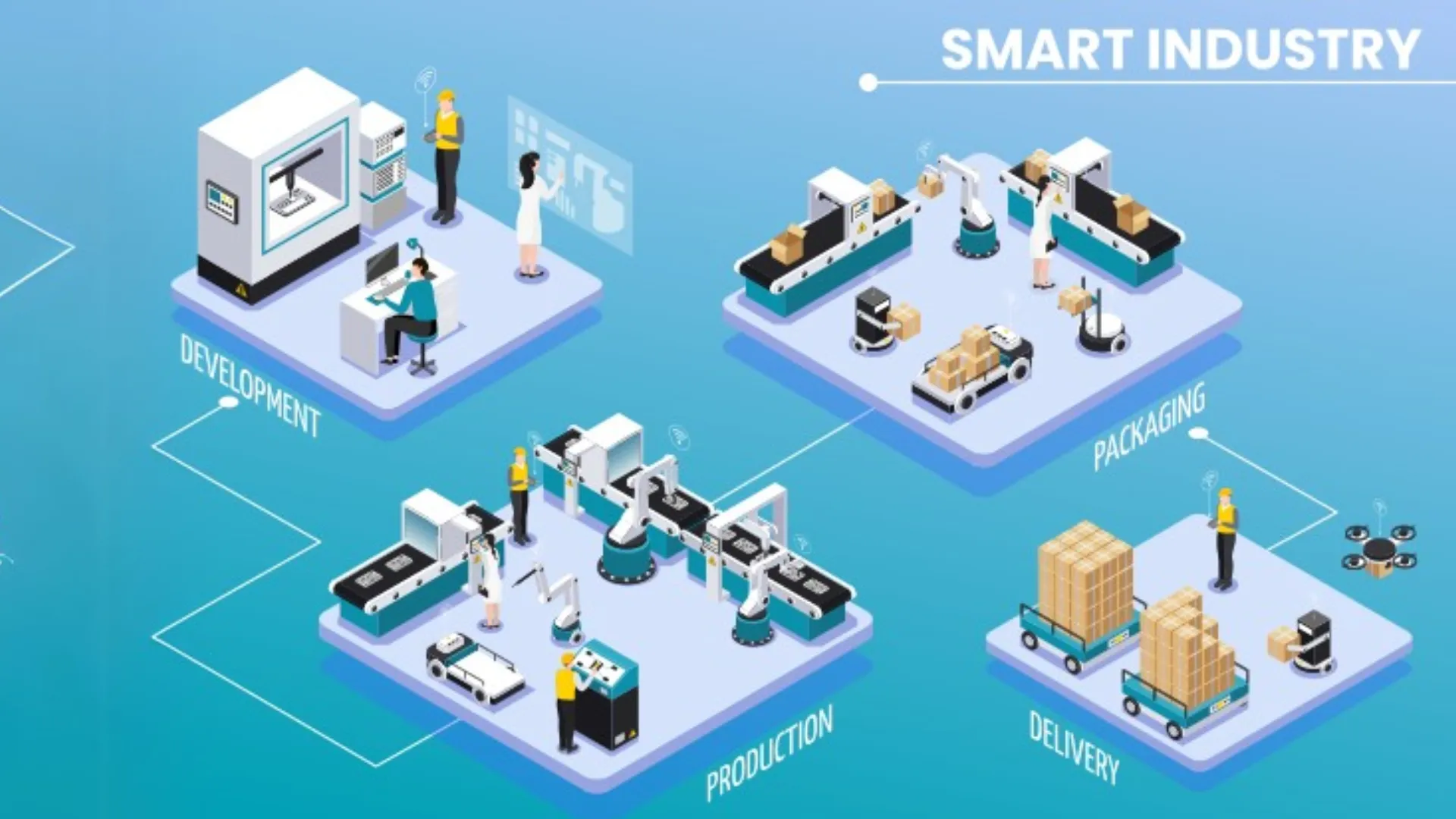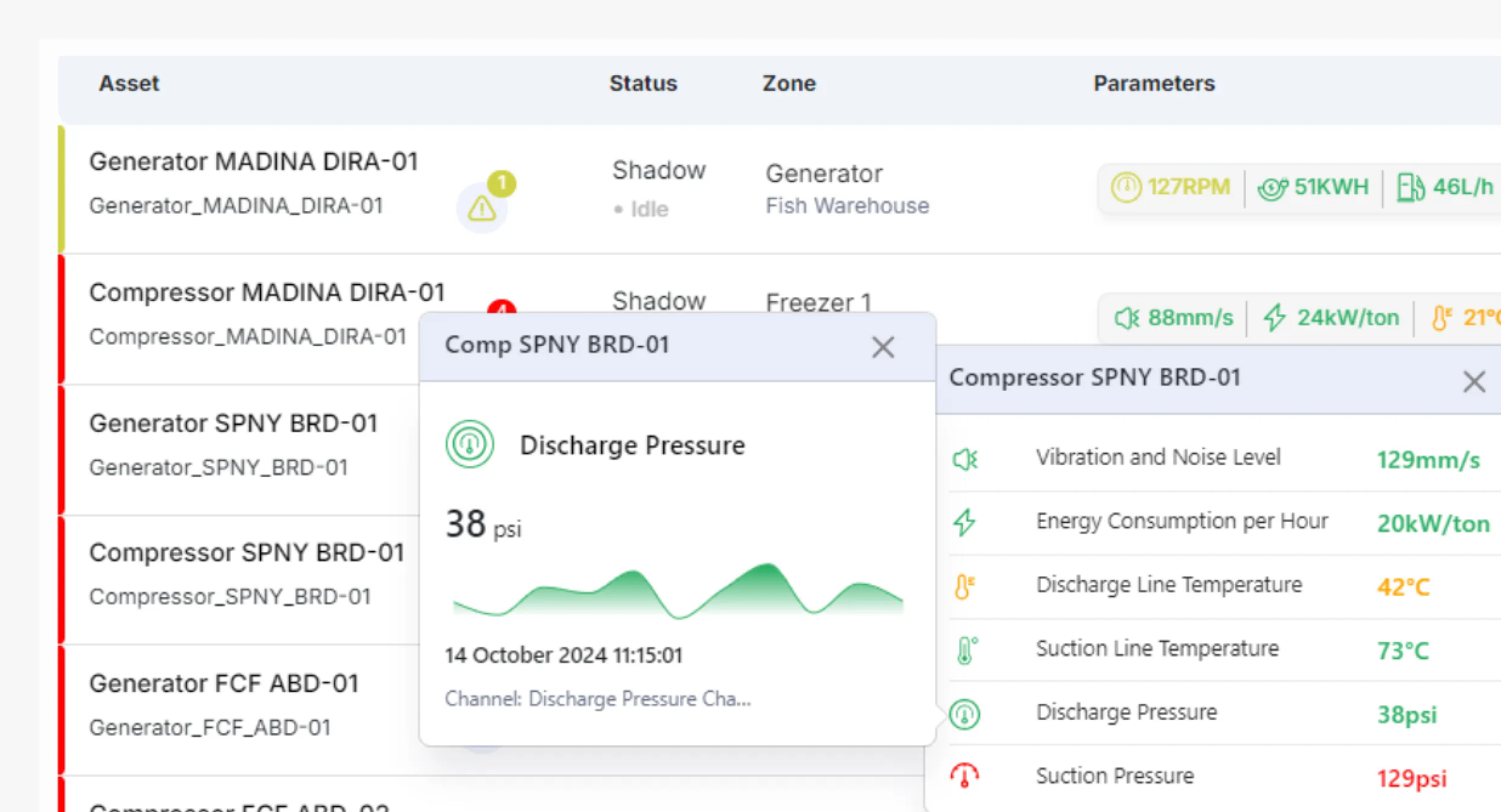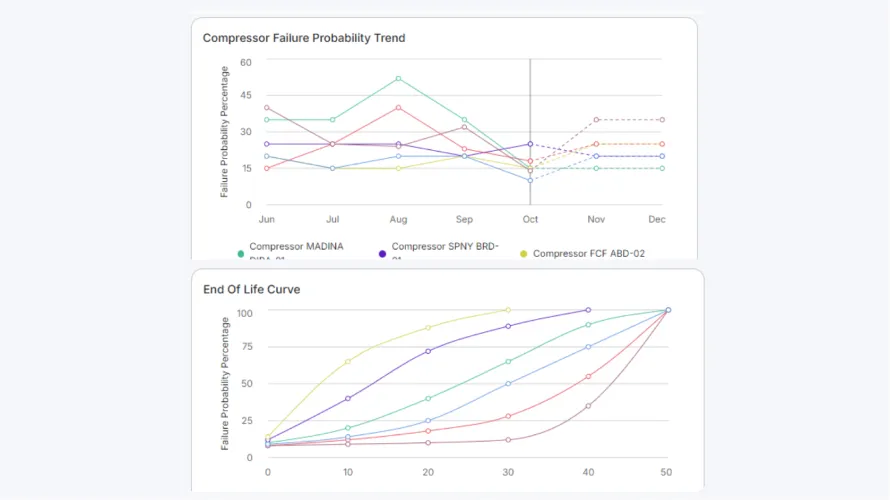Wi-Fi
Utilizes existing Wi-Fi infrastructure to triangulate the location of Wi-Fi-enabled devices.


In the rapidly evolving landscape of industrial technology, hardware plays a pivotal role in enabling efficient asset performance management and ensuring workplace safety. Our advanced solutions integrate cutting-edge RTLS (Real-Time Location Systems) technologies like LoRaWAN, BLE, and UWB to deliver seamless monitoring, tracking, and safety features. Designed to cater to diverse industries, our hardware solutions are tailored for precision, reliability, and scalability.


Real-time monitoring of assets and workforce enables better decision-making. Reduces downtime through predictive maintenance and proactive alerts.
Tracks worker location and movement to ensure compliance with safety protocols. Monitors environmental parameters (e.g., gas leaks, temperature changes) to prevent accidents.
Low energy consumption extends the lifespan of hardware, reducing replacement costs. Eliminates the need for manual inspections, saving time and labor expenses.
Easily scalable to accommodate growing business needs. Supports diverse industrial applications with minimal infrastructure requirements.
Real-Time Location Systems (RTLS) provide organizations with the capability to track and monitor the precise location of people, assets, and equipment in real time. Leveraging advanced technologies such as RFID, Bluetooth, UWB, Wi-Fi, and GPS, RTLS ensures seamless visibility across various industries, enabling better decision-making, operational efficiency, and safety.
Whether it’s tracking inventory in a warehouse, ensuring worker safety on-site, or monitoring high-value assets in transit, RTLS offers unparalleled accuracy and versatility, making it an indispensable tool for modern businesses.
Utilizes existing Wi-Fi infrastructure to triangulate the location of Wi-Fi-enabled devices.

The Internet of Things (IoT) has revolutionized the way devices interact, creating a world where everything from home appliances to industrial machinery is interconnected. At the heart of this connectivity lies IoT-specific protocols, which enable seamless communication between devices, systems, and platforms in a resource-constrained environment.
Ensuring devices with limited battery life operate efficiently.
Managing data transmission over constrained networks.
Supporting thousands or even millions of connected devices.
Allowing devices from different manufacturers to communicate effectively.
A lightweight protocol that uses a publish-subscribe model, making it ideal for IoT devices with low bandwidth.
Designed for resource-constrained devices, it uses a client-server model and is optimized for low power and bandwidth.
A protocol for reliable message-oriented middleware, supporting robust communication in distributed systems.
A low-power wireless protocol for short-range communication between devices in mesh networks.
A protocol designed for long-range, low-power communication, ideal for IoT devices in remote areas.
A power-efficient protocol for short-range communication, commonly used in IoT devices.
A cellular technology standard optimized for IoT applications requiring low data rates.
The protocol for web-based communication, ensuring security with HTTPS.
A low-power RF protocol optimized for home automation devices.
RTLS (Real-Time Location Systems) enables precise tracking and monitoring of assets, equipment, and personnel in real time. It ensures operational efficiency, enhances safety, and supports data-driven decision-making in various industries.
IoT sensors monitor critical parameters such as vibration, temperature, energy consumption, and emissions. This real-time data enables predictive maintenance, reducing equipment downtime and enhancing overall efficiency.
Gateways act as intermediaries between IoT sensors and cloud-based platforms. They collect data from sensors, process it, and transmit it securely to enable seamless communication within IoT networks.
Edge devices perform on-site data processing, allowing quick decision-making without relying on cloud connectivity. This ensures faster responses to safety incidents and real-time insights into asset performance.
Wearable devices monitor workers' health, location, and environmental exposure in real time. They help ensure compliance with safety protocols, reduce risks, and improve overall worker well-being.
Emergency alert systems provide instant communication during accidents or hazardous situations. These systems ensure timely responses, reducing the impact of emergencies and enhancing workplace safety.
Fall detection sensors use advanced algorithms to detect falls or slips and immediately notify supervisors. This quick response minimizes injury risks and ensures worker safety in hazardous environments.
Industries such as manufacturing, healthcare, logistics, retail, oil and gas, agriculture, and smart cities benefit significantly from RTLS technologies for asset tracking, safety compliance, and operational efficiency.
RTLS technologies include Wi-Fi, Bluetooth Low Energy (BLE), Ultra-Wideband (UWB), Radio Frequency Identification (RFID), GPS, and computer vision, each tailored for specific applications like tracking assets or personnel.
BLE is ideal for short-range communication with low power consumption. It supports applications like indoor tracking, proximity-based services, and wearable devices for workplace safety.
IoT sensors continuously monitor equipment conditions and detect anomalies. This data-driven approach predicts potential failures, enabling timely maintenance and reducing unplanned downtime.
LoRaWAN offers long-range, low-power communication, making it ideal for remote monitoring in applications like agriculture, environmental sensors, and smart city infrastructure.
Yes, RTLS can seamlessly integrate with systems like ERP (Enterprise Resource Planning) and WMS (Warehouse Management Systems) to enhance data visibility and operational efficiency.
Tell us about your challenge - we’re here to help.